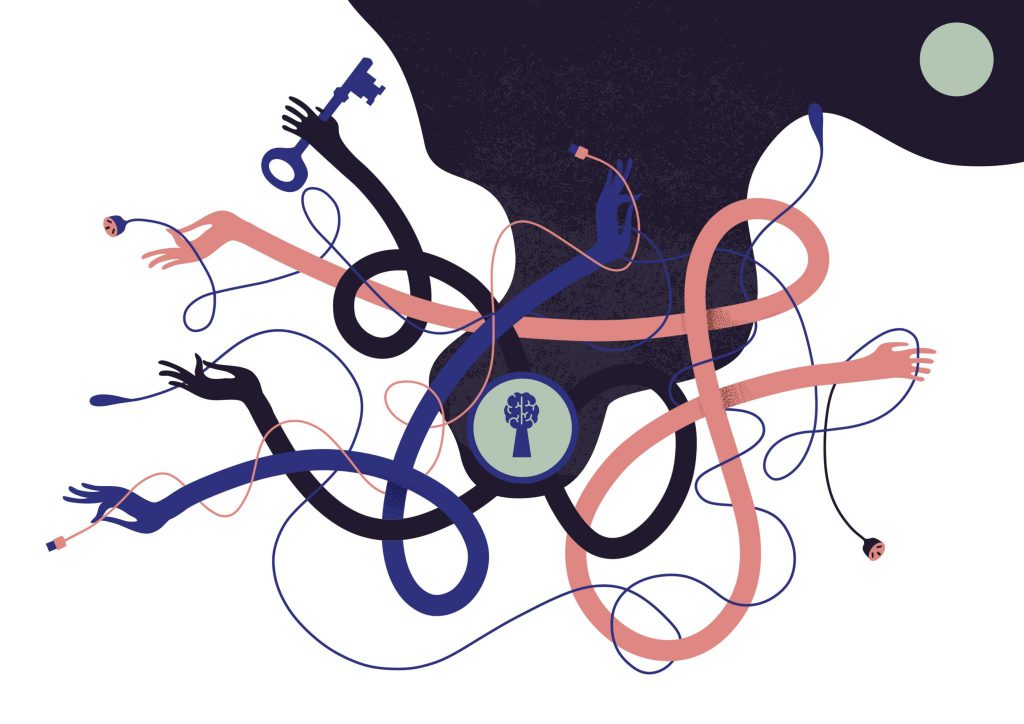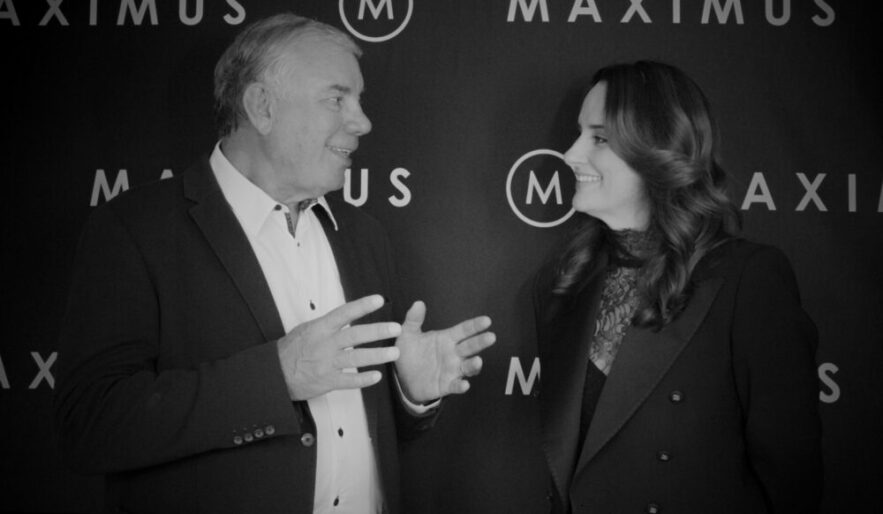The march of robotics, artificial intelligence (AI) and advanced automation is changing whole economies, entire companies – and jobs. There’s no denying the impact on people. Mass redundancies are hitting hard, with the banking, retail and telco sectors among the most affected. But there is plenty to be optimistic about, and lots to be done to support employees into the jobs of the future. Executives have the chance to lead and make a real difference, not only to the success of their companies but also to that of their people.
The Automation Readiness Index, released in 2018 by The Economist Intelligence Unit, ranked Australia 10th out of 25 countries surveyed, and first in the category of technology adoption. The Automation Advantage report, commissioned by Google Australia and released last year (2017) by strategy and economic advisory firm AlphaBeta, estimated “a $2 trillion opportunity from automation” for Australia’s national income between 2015 and 2030, coming from productivity gains. The report said that $1 trillion of that could come from accelerating the rate of automation, and that $1.2 trillion would come from transitioning the workforce into millions of ‘safer, more meaningful and more valuable jobs’.
It predicted automation will reduce workplace injuries by 11 per cent, lift the job satisfaction of 62 per cent of low-skilled workers and increase the wages for the non-automatable work by 20 per cent. Both leaders and the workforce must be properly prepared to take advantage of this pending change.
Claire Mason is a senior social scientist working in decision sciences at Data61, the division of CSIRO that’s helping to support and commercialise Australia’s innovation-led future. She has been involved with numerous studies on the future of work and workers, including linking Australian Bureau of Statistics data sets with those of the US Department of Labor, Employment and Training. That research helps them to assess, Mason explains, how “the occupational composition of the workforce is changing over time, and which occupations are growing the fastest”, and then predict what skills and aptitudes will be in hot demand. “We can now see what skills are likely to be required for more than 300 occupations in the Australian workforce,” she explains.
Interestingly, given the focus on STEM (science, technology, engineering and mathematics) skills, the research tells a more nuanced story. “Our analysis found that the growth in jobs is towards jobs that require communication and people skills, and the least growth is in the area of technical skills,” says Mason. “Most of us are working in the services sector, and when you’re delivering a service you need strong people skills. If you’re educating someone or delivering health care or aged care, you need to be a good people person. Technology isn’t good at connecting with another human being, making them feel understood, helping them to define a problem they haven’t really resolved in their minds. Skills such as empathy, service orientation and active listening are growing fastest in demand, rather than STEM skills.”
It is critical to be adept at using the latest technology. “People need more generic STEM skills, the ability to use technology… to keep up with developments in digital technology and figure out how to use them to deliver better value for a customer, for example,” Mason notes. “The input and output of digital technology tends to take the form of words and numbers, so literacy and numeracy skills are still incredibly important.”
As we navigate the challenges of this era, James Keeler, Associate Director at Maximus, offers some topline thoughts for leaders, managers and individuals who are focused on making the most of the opportunities.
THE CEO FOCUS
“CEOs have a good idea about the direction their organisations are going over the next five to 10 years, and they’re definitely across the fact that operating models and go-to-market plans, for example the role of technology in customer interactions, must change. And fast.
“Boards should be giving KPIs that hold leaders to account for preparing their people for the immense changes that automation is bringing to jobs at every level. Imagine a world where a CEO holds herself accountable to re-skilling outcomes? To achieving zero redundancies? Or decides to replace financial incentives with re-skilling programs of work? A short-term bonus might be exciting and desirable, but how much more value would be gained by using that money instead for education that would ensure people are prepared for the next job after their current one no longer exists?
“These would be difficult conversations and initiatives to implement, but they’re the kind of bold, future-focused ideas leaders need to be considering. The pace and scale of change that businesses are already experiencing means leaders and their teams must be flexible, adaptable and open to deal with it. The mindset of continuous education is more critical than ever, and leaders simply must take an active role. At Maximus, we help leaders to take a long-term view on operating models and capability, mindset and cultural requirements. A lot of that includes building sustainable people-development programs and ensuring those at the top are fundamentally looking out for the long-term wellbeing of their people. The financial and emotional rewards will come.”
THOUGHTS FOR LINE MANAGERS
“Leaders need to properly understand their people: know who they are, what they do, what they’re good at, how they spend their day, how they talk to clients and how they innovate to come up with solutions for problems their customers and employers are facing. To help them do this, leaders must get balanced feedback about their teams. Start with their teams’ stakeholders: in a client setting, is the sales or service person creating value and adding insight? Then be disciplined in getting insights from the data available in systems such as client relationship management or enterprise resource planning (and drop excuses about how hard it is to get information into the system, let alone insights about their people out of the system). Leaders should work out how to balance ‘data’ and their ‘eye’ to get insights.
“This information is critical in knowing how to ensure they’re properly prepared for what’s ahead. Line managers have a responsibility to ensure that not only will their people go home to their families mentally and physically safe each night, but also with a job to come back to tomorrow. They need to take the same obsessive approach to job safety as they do to physical and psychological safety; to make sure their people are safe, that their jobs are safe, their career is safe, and that they’re acquiring the capabilities to follow their future employment pathways.
“It’s also important for leaders to re-frame the narrative about the role of technology: it’s not going to replace jobs, but it will and should replace tasks. Humans don’t stand still; they are intrinsically enterprising. By finding out how people spend their time, a leader can assess what’s adding value, what’s duplication, what’s redundant, and what could be redundant. All of a sudden, time is freed up and the person is adding value again.”
TIPS FOR SELF-STARTERS
“We all have to take responsibility for keeping up-to-date with the technologies disrupting our respective industries… at the very least, take an interest in it and be aware of predicted innovations and change. How you do that is up to you, but it can be as simple as subscribing to relevant newsletters and podcasts (for example, The Hustle, a daily email) to finding great short courses to upskill yourself. Another avenue to think about are the parts of your role which could be automated immediately? Are there facilities available you’re not using to the fullest extent that can help expedite this? Ask yourself: if technology isn’t available to make change right now, how can I help spark a movement? By honestly looking at how to break down the tasks you do every day and working on the best way to automate any one of those tasks, it will give you time to focus on more interesting and value adding activities or maybe re-define your role completely. This is a worthy tool to knowing what you’re exceptional at and what you need to build on every day to set you up for tomorrow.”

CASE STUDY 1
An Army Veteran’s Vision for Re-Training
When Tom Moore left the Army, where he’d led a 60-man combat team in Afghanistan at the age of 23, he fairly assumed he’d be eminently employable.
So, when, like so many veterans, he found it hard to get a job he believed matched his qualifications, he set up his own company. In 2015, Moore came up with a novel, tech-driven approach to addressing unemployment and underemployment for veterans.
WithYouWithMe (aka WYWM; the company is named for the affirming calls to each other in deadly room-to-room combat) uses data and online tests to find gaps in the labour market and the people best suited to fill them.
“What does the market need, what can the individual do already, what additional skills do they need for these jobs?” Moore explains. “Then we give them the relevant skills so they can be hired and pair them with companies that need them.”
WYWM’s data-driven skills-gap analysis is continually building, using artificial intelligence (AI), and pairs with a program that matches people with jobs through online testing of ‘aptitude, intellect, psychometrics and culture fit’.
For example, WYWM retrained an Army warrant officer from the Special Operations Engineer Regiment. “He got to the final interview with a lot of big companies but he didn’t have a degree and he never quite got there. It really annoyed me because he was one of the most talented men I’ve ever seen,” says Moore. “People just saw that he was a combat soldier, they didn’t see his skills.”
WYWM trained him as a business analyst, and he got a job in a consulting company. He went on to bring in five other veterans, says Moore, and “they’re now delivering projects worth more than $100 million a year across Australia”.
Moore also tells of another combat veteran who could only get a part-time job as a bus driver. He has been retrained as a cybersecurity analyst and now works in a cyber role, “on a significantly higher salary and loves it”.
The original aim was to find meaningful new careers for veterans, but the WYWM team quickly saw a wider application for their approach of bringing education into line with job vacancies amongst groups with career gaps such as, elite athletes or those who’d been off work for parental leave.
WYWM recently opened up its training courses to employers, too, with the aim of upskilling existing employees at risk of job automation and redundancy. They’re already offering cybersecurity, robotic process automation, project management and tech sales courses, and planning more.
WYWM’s co-founder and COO Luke Rix says, “We recently did a major project with the Department of Human Services, where we tested their cyber workforce and identified which individuals would be best placed to train for roles they’re struggling to fill. We’re placing 36 veterans into roles in the cyber team over the next three years to help plug additional gaps.”
CASE STUDY 2
Custom Employee Education @SAP
“The future of work is already here,” says Debbie Rigger, head of human resources for SAP Australia/New Zealand. “We believe that learning happens all of the time and in many different ways.”
Rigger says SAP, the German-headquartered software giant, strives to make learning easily available to access in your own time, and to ensure it’s both future-focused and immediately relevant.
“People don’t want to learn things that aren’t necessary right now… so we make it possible to get education in bite-sized pieces and ‘just in time’,” says Rigger.
SAP divides its workforce into five ‘talent segments’ and targets education programs to where its people are in their professional journey: early talent, professionals, experts, aspiring leaders and leaders.
Rigger points out, companies that don’t provide excellent employee education are unlikely to survive. “They’ll struggle to remain relevant to their customers and their employees,” she adds. “Career development is one of the most influential drivers of highly engaged employees – SAP’s attrition rate is about half of the current industry standard, and that’s because of development and learning opportunities and also, importantly, having a social purpose and enabling our people to live that purpose in their work.”
This article was originally published in the 2nd edition of M Magazine, an exclusive print magazine aimed at inspiring and driving change through Australia’s executives and heads of HR.
A huge amount of effort and thinking goes into every article we publish and we’d like to say thank you to Jane Nicholls for contributing to this article.









